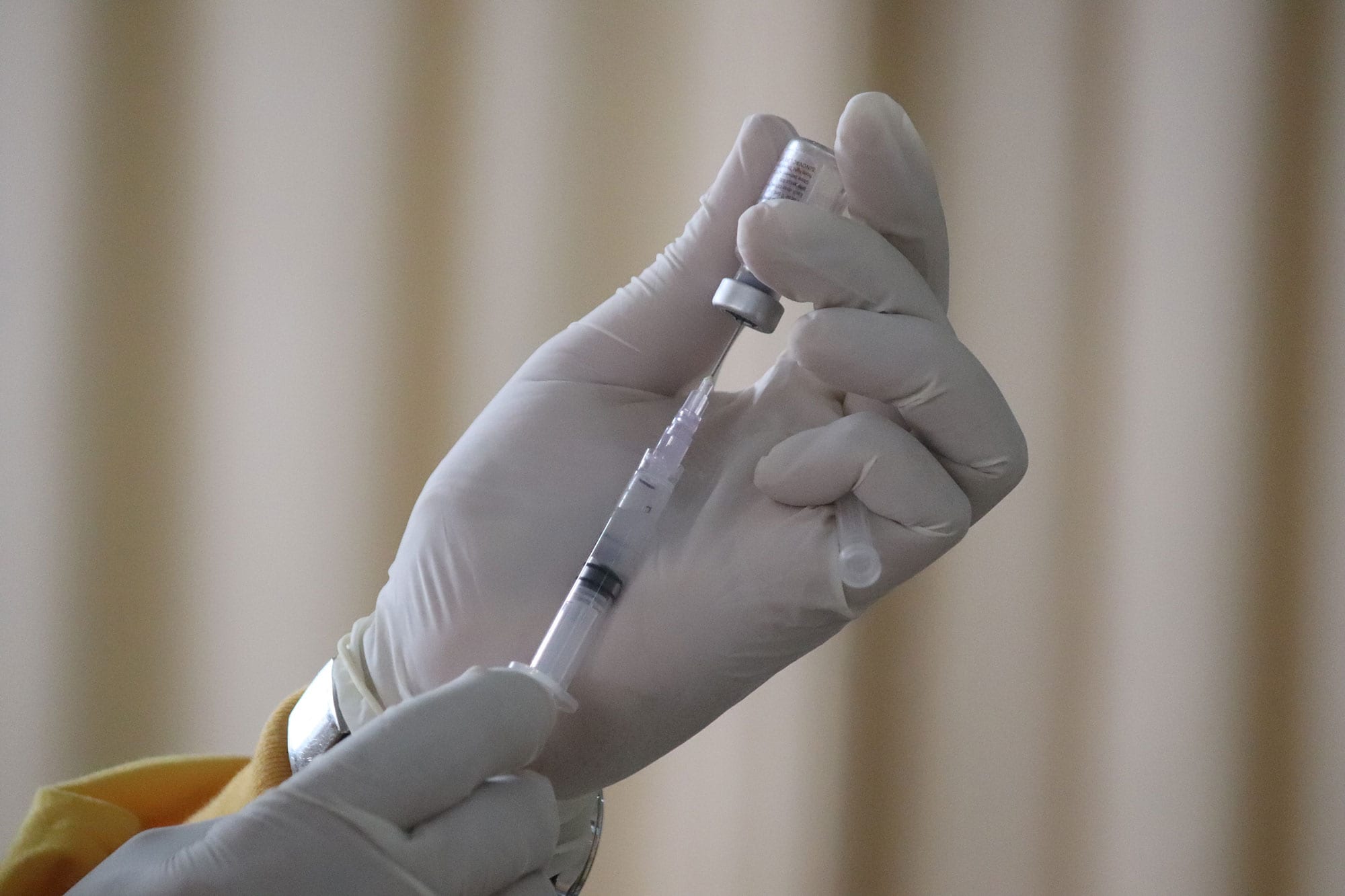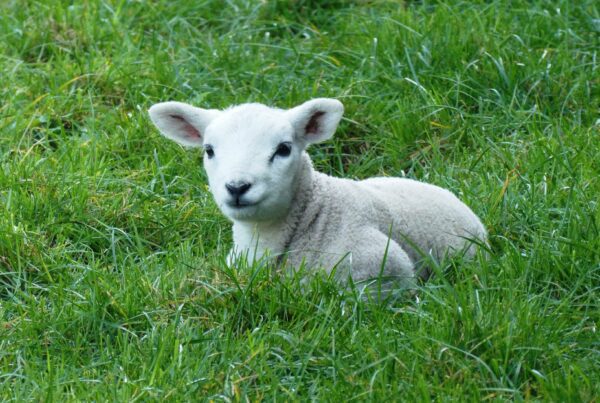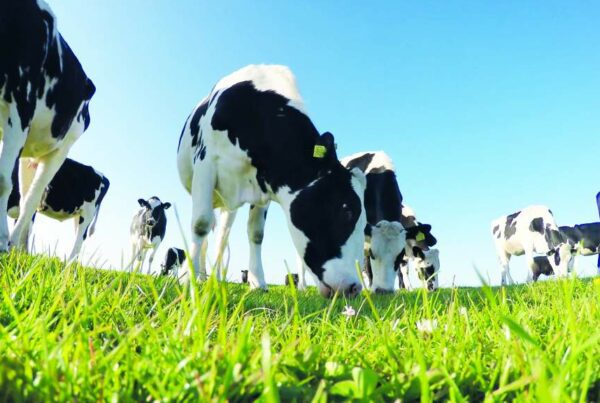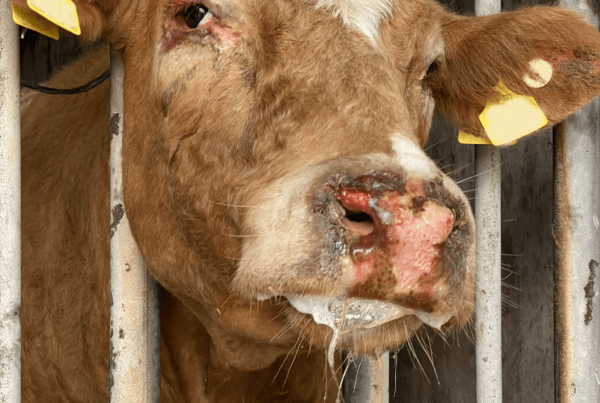There are several reasons why a
reduction in antibiotic usage on a farm is
desirable.

Article by Ger Cusack, MVB, Cert DHH
Comeragh Veterinary, Kilmacthomas, Co. Waterford
Firstly, let`s think about our own health and the health of our children. Antimicrobial resistance (AMR) occurs when bacteria become resistant to antimicrobials, e.g. antibiotics.
Resistant bacteria can spread between animals and humans.
Secondly, there is considerable anecdotal evidence from practising vets that antibiotics are most effective on farms where antibiotics are used prudently and only when necessary.
Thirdly, from an animal welfare and husbandry perspective, prevention is better than cure. Placing a strong emphasis on keeping your herd as healthy as possible and acting consistently to prevent disease problems will help keep antibiotic usage to a low level. The risk of AMR on a farm is increased if antibiotics are used inappropriately.
Examples of this inappropriate use include:
- Used when there is no need to use them.
- Used when the bacteria responsible for the illness are not susceptible to the antibiotic.
- Used when the illness is not caused by bacteria, but caused by e.g. a virus.
- Underdosing of the antibiotic used.
- Not completing the prescribed course of antibiotic treatment.
Project Engage – What is it?
Project Engage is a pilot project involving farmers spread around the country who engage with their own vets to examine and measure the use of antibiotics on their farms.
This pilot is being delivered by XLVet practices, with Virtual Vet providing a system of farmer-friendly recording of medicine use.
How it works is that the vets do a planned visit to the farms every 2 to 3 months. Together with the farmer, they look back and discuss the disease issues that necessitated their use. They also look forward to the upcoming few months and the likely animal health challenges that could emerge.
We are all familiar with the adage that “prevention is better than cure”. This approach is central to Project Engage. The focus is on the prediction of the likely disease challenges before they happen and putting preventative measures in place to minimise the losses associated with these diseases.

Case Study: Project Engage & Niall Moore
We looked back over the previous 12 months using available records including Animal Remedies Book, Animal Remedies Register and invoices from Comeragh Veterinary Practice.
To make the job of recording easier, Niall joined the Virtual Vet Animal Remedies Recording Service. The inclusion of the reason for each treatment in the recording was very useful.
We identified the antibiotic treatments that were given to young calves, those given to weanlings, those given to cattle (12 to 24 months of age) and finally those given to cows. With this information, we could see the types of animals that were treated and the time of year when antibiotic treatments were given.
We were then able to have a targeted conversation around the disease situations that led to the antibiotic treatments in each of the animal categories.
Having looked at the records, we saw that a number of calves were treated for pneumonia.
Some of these calves had to be treated more than once. Niall also commented that a few of the treated calves were slow to thrive and lost ground in comparison to their comrades of the same age.
This led on to a discussion about the calf pneumonia challenge that was present on-farm and what would be the best approach to take to prevent it. The young calves were vaccinated using the intranasal vaccines.
The number of calf pneumonia cases and the severity of the cases was greatly reduced. As a result, antibiotic use was a lot less. Calf health and calf growth performance improved significantly.
Improvements to the ventilation and drainage of the calf house are planned for the coming months.
Improving the animal living environment, adjusting work practices, looking at feeding practices or vaccination programmes could all form part of the plan to reduce reliance on antibiotics on your farm in the coming years.
Key Actions
- Review your usage of antibiotics over the last 12 months.
- Identify the age groups within the herd that were treated.
- With your vet, examine the reasons for the treatment used.
- Discuss with your vet what needs to be done to prevent these conditions.
- Choose one or two conditions and put a prevention plan in place for 2021.




